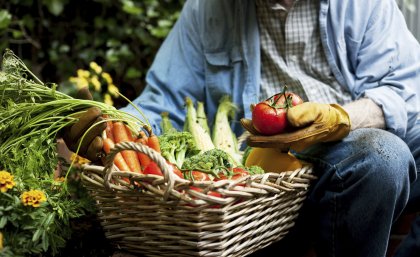
Changing Australian soil conditions are exposing crops to silver nanoparticles, which are widely used in household products, a study led by The University of Queensland has found.
Study author and senior lecturer in soil science Dr Peter Kopittke from the School of Agriculture and Food Sciences said silver nanoparticles generally pose a low risk to agricultural food production, however testing in certain soil conditions led to an “unexpected” finding.
“The risk posed by silver nanoparticles increases substantially in saline soils and in soils irrigated with poor-quality water,” Dr Kopittke said.
“Unfortunately, unlike most other countries around the world, this applies to many of Australia’s soils.
“Soil salinity in Australia is becoming substantially worse over time.”
Dr Kopittke said that due to their antimicrobial properties, silver nanoparticles were used in products ranging from detergents, textiles and home appliances, to socks, toothpastes, air filters, and nutritional supplements.
“The environmental safety of nanoparticles remains a topic of high public interest,” he said.
Of particular concern is whether the nanoparticles can move from agricultural soils into plants and food.
“It’s known that most silver nanoparticles eventually accumulate in biosolids at wastewater treatment plants, with most of these biosolids then applied to agricultural soils.
“As a result of their widespread production and use, there are substantial concerns regarding the risks of these silver nanoparticles upon their subsequent release into the broader environment, particularly into the agricultural soils from which we obtain the food we eat.”
The study was conducted at the Australian Synchrotron which produces a powerful light source brighter than the sun.
The researchers applied biosolids containing silver nanoparticles to soils at rates equivalent to the “worst-case scenario” and found that the silver nanoparticles were generally rapidly converted to forms that were inert and not toxic.
“Nor did the silver accumulate in plants growing on these soils,” Dr Kopittke said.
“Even when added at high concentrations, the silver nanoparticles are of low risk to the crop plants.
“However, in saline soils, the risk increased markedly, although further work is required to determine the magnitude of the risk posed by silver nanoparticles in these saline soils.
“This study highlights the importance of carefully examining the risks posed by new chemical compounds to ensure that their use does not result in inadvertent adverse environmental and agricultural effects.”
The research also involved researchers from the University of South Australian, and CSIRO Land and Water. It was conducted in collaboration with the Australian Synchrotron (Victoria), funded by the Australian Research Council (ARC), and published in Environmental Science & Technology.
Media: Dr Peter Kopittke, 0421 018 311, email p.kopittke@uq.edu.au

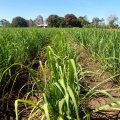

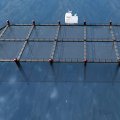

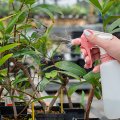

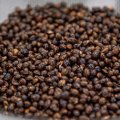
.png?itok=j_C6wjMl)


